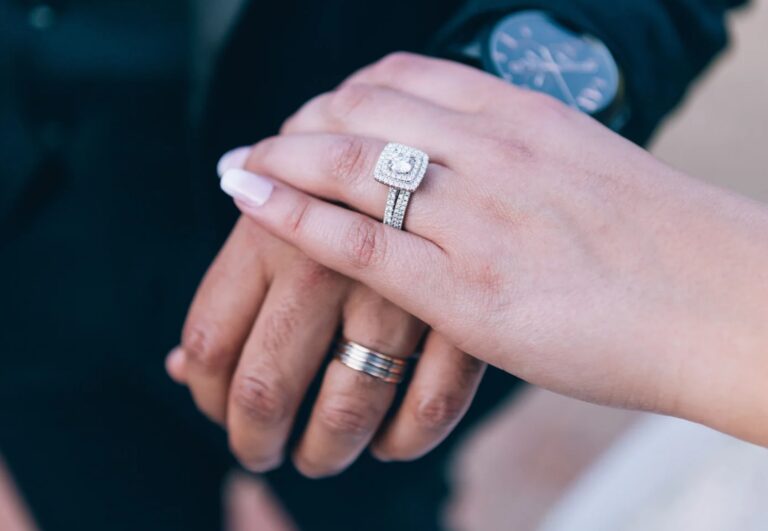The concept of lab-grown diamonds has been around for more than 60 years, but it is only recently that they have gained immense popularity among modern couples. They are created in a controlled laboratory setting using advanced technology that simulates the natural diamond formation process. They are essentially identical to natural ones, with the only difference being their origin.
One of their biggest advantages is their affordability. Natural diamonds are known for their high prices, which can often make them unattainable for many couples. On the other hand, lab-grown ones are typically 20-30% cheaper than their natural counterparts, which makes them more accessible for people on a budget. In addition to being affordable, they also offer a more sustainable and ethical option for engagement rings.
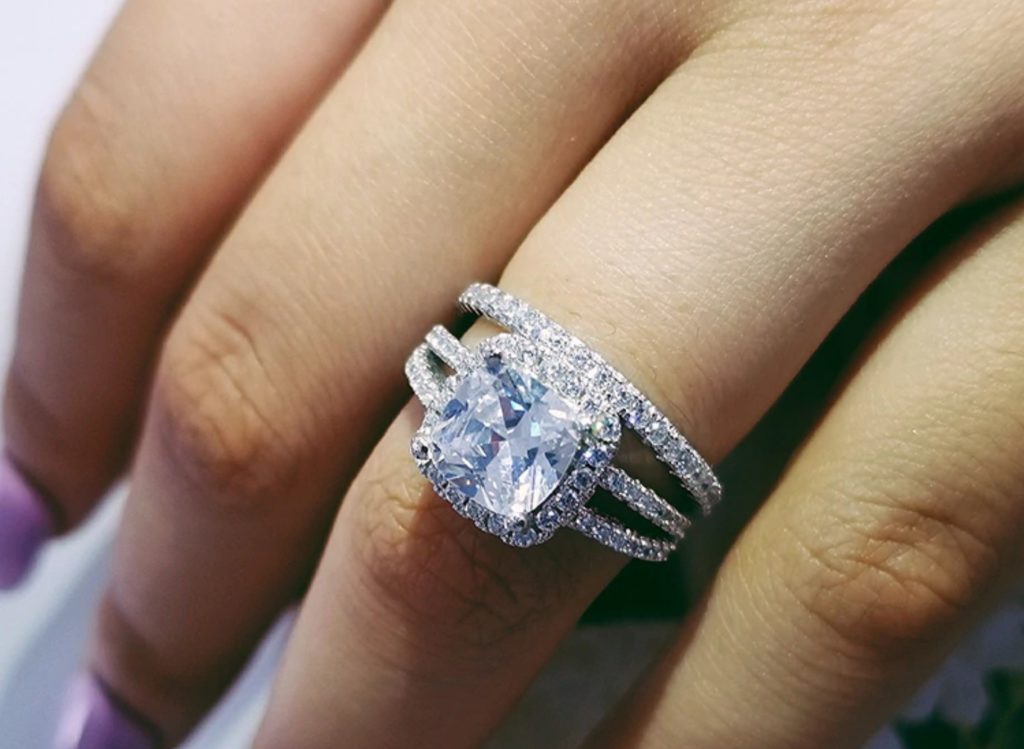
Rising Popularity of Lab-Grown Diamond Engagement Rings
In recent years, lab-grown diamond engagement rings have become increasingly popular among modern couples. This trend can be attributed to several factors, including the affordability of lab grown diamonds, the desire for more sustainable and ethical options, and the fact that they are visually indistinguishable from natural ones.
According to a recent study, millennials are more likely to choose lab-grown diamonds over natural ones, with 68% of respondents saying that they would consider buying a lab-grown diamond engagement ring. This trend is also evident in the fashion industry, where major luxury brands such as Tiffany & Co. and Cartier have started offering lab-grown diamond jewelry alongside their natural diamond collections.
Sustainability Benefits of Lab-Grown Diamonds
One of the main advantages of lab-grown diamonds is their sustainability. Natural diamonds are often associated with environmental and social issues, including the destruction of ecosystems, human rights abuses, and funding of armed conflict. Lab-grown ones, on the other hand, are produced using renewable energy sources and have a significantly lower carbon footprint than natural ones.
In addition to being more sustainable, they also offer a more ethical option for engagement rings. Because they are created in a controlled laboratory setting, there is no risk of human rights abuses or funding of armed conflict. Furthermore, many lab-grown diamond producers have established strict ethical and environmental standards to ensure that they are produced in a responsible and sustainable manner.
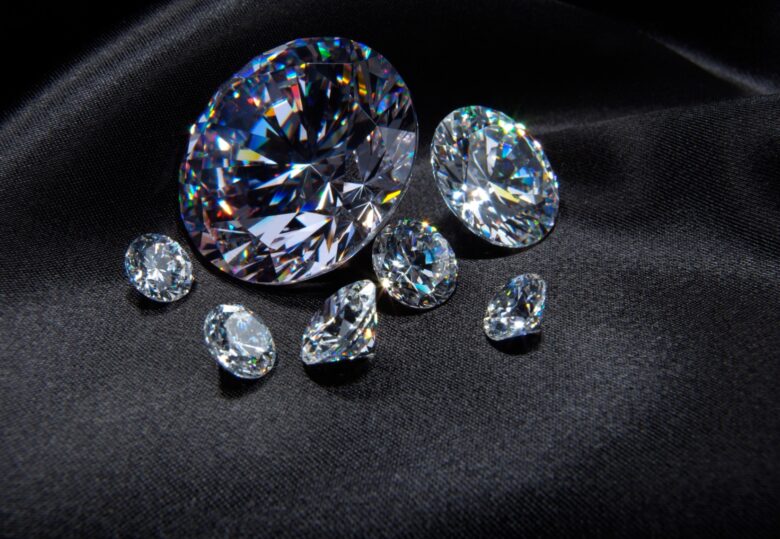
The Quality and Characteristics of Lab-Grown Diamonds
One of the main advantages of lab-grown diamonds is that they are visually indistinguishable from natural ones. They have the same chemical and physical properties as natural ones, which means that they have the same hardness, refractive index, and other characteristics that make them so valuable.
However, there are some differences between these two that can affect their value. For example, lab-grown diamonds may have fewer inclusions and blemishes than natural ones, which can make them appear more perfect to the naked eye. On the other hand, some people prefer the unique imperfections and character of natural ones.
Lab-Grown Diamond Certification and Ethics
Because they are relatively new to the market, there are currently no industry-wide standards for certifying their quality or ethics. However, several organizations have emerged to fill this gap and provide consumers with assurance that their lab-grown diamonds are of high quality and produced ethically.
One of the most widely recognized certification organizations is the International Gemological Institute (IGI), which provides grading and certification services for both natural and lab-grown ones. The IGI uses the same grading system for both types, which means that consumers can compare the quality of lab-grown diamonds to natural ones using the same standards.
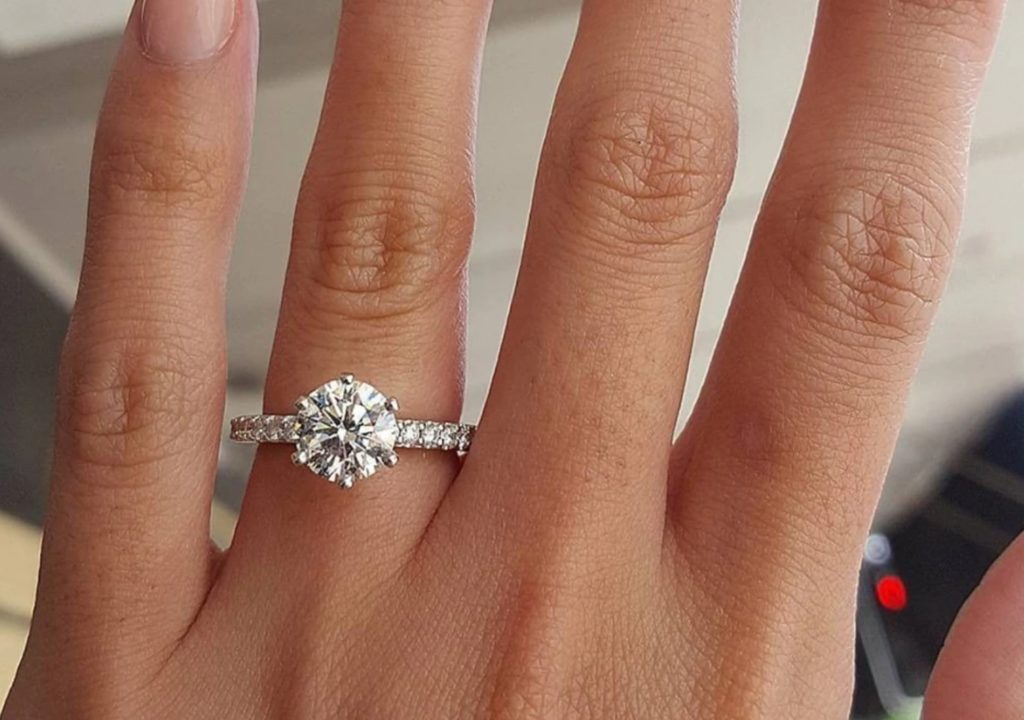
Choosing the Perfect Lab-Grown Diamond Engagement Ring
Choosing the perfect lab-grown diamond engagement ring can be a daunting task, especially if you are not familiar with the different characteristics of diamonds. Some of the factors to consider when choosing it include its size, color, clarity, and cut.
When it comes to size, it is important to consider your budget and the style of the ring. A larger one may be more impressive, but it may also be more expensive. Similarly, the color of it can affect its value, with white or colorless ones being more valuable than those with a yellow or brown tint.
The clarity of a diamond refers to the number and size of inclusions or blemishes on the surface or inside it. The one with fewer inclusions will be more valuable, but may also be more expensive. Finally, the cut of a diamond refers to its shape and proportions, which can affect its brilliance and overall beauty.
Future Prospects of the Lab-Grown Diamond Industry
The lab-grown diamond industry is still relatively new, but it is growing rapidly as more consumers become aware of the sustainability and affordability of lab-grown diamonds. According to a report by Allied Market Research, the global lab-grown diamond market is expected to grow at a compound annual growth rate (CAGR) of 7.8% by 2027.
As this industry continues to grow, it is likely that we will see more innovation and improvements in the technology used to create lab-grown diamonds. This could lead to even larger and higher-quality ones being produced, as well as a wider range of colors and shapes.
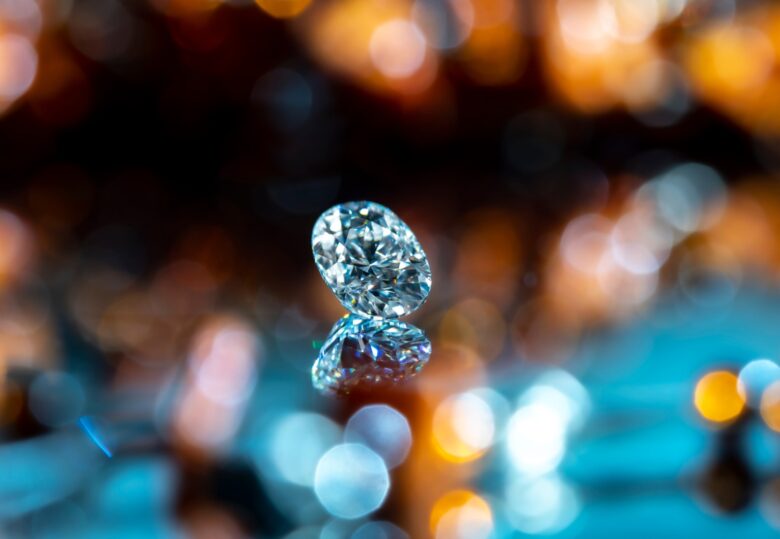
Conclusion
Lab-grown diamond engagement rings are a growing trend for modern couples who value sustainability, affordability, and ethical production methods. While they may not have the same symbolic value as natural ones, they offer a viable alternative for couples who are looking for a beautiful and meaningful way to symbolize their commitment to each other.
The rising popularity of lab-grown diamonds is also driving innovation and improvements in the industry, which means that we can expect to see even more exciting developments in the future. As consumers continue to demand transparency and accountability from the companies they buy from, the lab-grown diamond industry is likely to become more sustainable and ethical, making it an even more attractive option for conscientious consumers.
Whether you choose a lab-grown diamond engagement ring or a natural one, it is important to consider the unique characteristics and qualities of each diamond, as well as the ethical and sustainability practices of the company you are buying from. With the right knowledge and guidance, you can choose the perfect engagement ring that reflects your values and celebrates your love.

